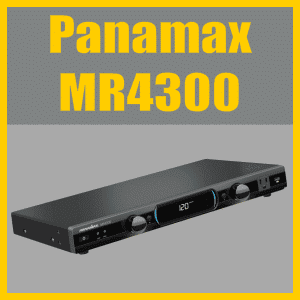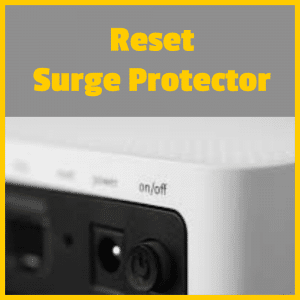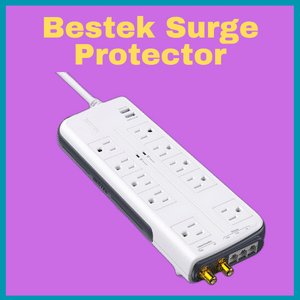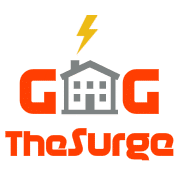Best Picks
Latest Posts
Quick and Easy Fixes: Surge Protector Making Loud Noise
Published By: Marc Edwards | Last updated on April 15, 2024 and reviewed by Sean Hudson We’ve all experienced that frustrating moment when we’re trying to focus or relax, and suddenly, a noisy surge protector
Surge Protector vs GFCI: Safety Essentials
Published By: Marc Edwards | Last updated on April 8, 2024 and reviewed by Sean Hudson Most of my clients aka homeowners are often confused about the two critical devices designed to protect us and
Red Surge Light on Surge Protector: What Does It Means?
Published By: GagSurgeAdmin | Last updated on April 4, 2024 and reviewed by Sean Hudson The red light on a surge protector typically indicates that the unit has been damaged or that it has reached
Why Do Surge Protector Lights Flicker: Causes Explained
Published By: Sean Hudson | Last updated on March 22, 2024 and reviewed by Sean Hudson You’re sitting at your desk, engrossed in your work. Suddenly, the lights on your surge protector start flickering. It
How Effective Are Surge Protectors in Preventing Fires?
Published By: Sean Hudson | Last updated on March 14, 2024 and reviewed by Sean Hudson When it comes to fire safety, one crucial aspect of fire prevention is understanding the effectiveness of surge protectors

Panamax MR5100 Review – Is it Worth the Asking Price?

Panamax MR4000 Review – Get the Best at Affordable Price

Panamax MR4300 Review – What So Good About it?
Brand NEW Unbiased Review for APC BR700G UPS
Published By: Marc Edwards | Last updated on January 24, 2024 and reviewed by GagSurgeAdmin APC BR700G Battery Backup UPS 8.6Expert ScoreOur Review and Ratings
Tripp Lite SMART1500LCDT – Possibly the Best UPS Reviewed
Published By: GagSurgeAdmin | Last updated on February 23, 2024 and reviewed by GagSurgeAdmin Tripp Lite SMART1500LCDT UPS Battery Backup 8.8Expert ScoreOur Review and Ratings
Best 8 Power Line Conditioners for Home Theater Reviewed
Published By: Marc Edwards | Last updated on January 24, 2024 and reviewed by GagSurgeAdmin Tom could not believe his good luck. He got an
UPS Battery Backup Surge Protectors – 14 Models Reviewed
Published By: Marc Edwards | Last updated on January 24, 2024 and reviewed by GagSurgeAdmin John stared blankly at his monitor screen, seemingly at a









